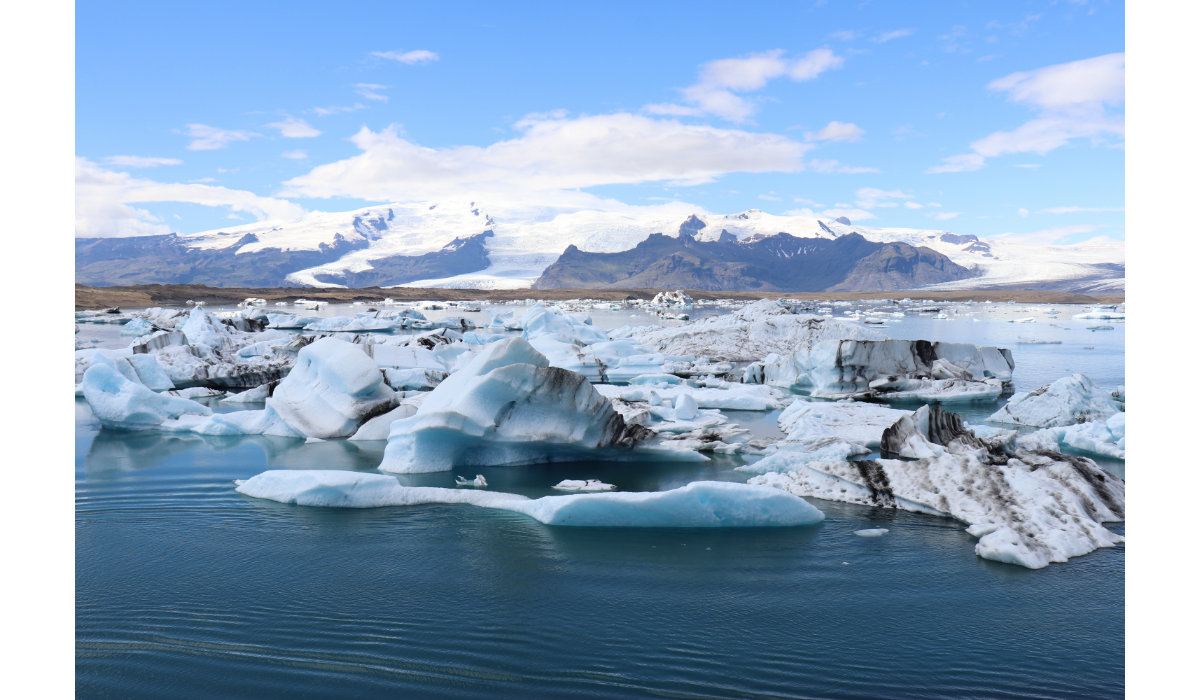On Ocean Warming

Understanding Ocean Warming
If you’ve ever taken a walk along the beach or dipped your toes in the ocean, you know that the sea is more than just water. It’s alive, dynamic, and deeply tied to the health of our planet. We’ve often heard the ocean described as the “heartbeat of Earth,” and for good reason – it regulates the climate, supports countless species, and provides food and livelihoods for millions of people. But, as we know, things aren’t exactly smooth sailing right now. The ocean is changing, and ocean warming is one of the most alarming signs of that change.
What Is Ocean Warming?
Ocean warming refers to the rise in ocean temperatures, a direct result of climate change and the increased amount of greenhouse gases in our atmosphere. Essentially, as we burn fossil fuels and release carbon dioxide (CO2), more heat gets trapped in the atmosphere. The ocean, being a massive heat sink, absorbs around 90% of this excess heat. As a result, the temperature of our oceans has been rising steadily.
Now, you might be thinking 0.13°C per decade doesn’t sound like much. But in reality, this seemingly small increase has big impacts. It’s enough to mess with marine ecosystems, change weather patterns, and threaten coastal communities. The scariest part? Some parts of the ocean, like the Arctic, are warming much faster than others.
The Impact On Marine Ecosystems
Marine species are incredibly sensitive to temperature changes. Just like we have our preferred temperature for a comfy day on the couch, marine creatures have their own preference for thriving. When the ocean gets too warm, it disrupts everything – from coral reefs to fish populations. As ocean temperatures rise, species that are unable to adapt or migrate to cooler waters face the threat of extinction.
Take coral reefs, for example. These underwater marvels, which are home to thousands of species, are super sensitive to temperature. When water gets too warm, the corals expel the algae living within them, causing a phenomenon called coral bleaching. Without the algae, corals lose their color, and their survival becomes uncertain. If the bleaching persists, the entire reef can die off, taking down the entire ecosystem with it. This has a ripple effect, endangering not only marine life but also the millions of people who rely on these ecosystems for food and income.
Other marine species, such as fish, shellfish, and marine mammals, are also affected by rising ocean temperatures. For example, important fish species like cod and tuna are migrating to cooler waters, impacting fishing industries in regions that once depended on these resources. In addition, the loss of habitat for species such as seals, sea turtles, and whales threatens their survival.
Disrupting Ocean Currents and Weather Patterns

Notice a shift in the weather lately? The warming of the ocean also disrupts global ocean currents, which play a key role in regulating the Earth’s climate. Ocean currents circulate warm water from the equator toward the poles and cold water from the poles back toward the equator. This process helps regulate global temperatures and weather patterns.
As ocean temperatures rise, these currents can slow down or change direction, leading to shifts in weather patterns. For instance, a slowdown in the Atlantic Meridional Overturning Circulation (AMOC), which includes the Gulf Stream, could result in colder temperatures in parts of Europe and North America, while simultaneously causing warmer conditions in the tropics.
Such disruptions could lead to more extreme weather events, including intense heatwaves, heavy rainfall, and stronger storms, affecting ecosystems, agriculture, and human populations. And we know how that story goes – more storms mean more damage, more displacement, and more strain on our emergency systems.
Rising Sea Levels and Coastal Impacts
When the ocean warms, it doesn’t just mean hotter water. It also means rising sea levels. As water heats up, it expands, and this thermal expansion is a big contributor to rising sea levels.
Rising sea levels pose a significant threat to coastal communities worldwide. Low-lying areas, including small island nations and cities such as Miami, Jakarta, and New York, are at risk of regular flooding, erosion, and the loss of habitable land. Coastal infrastructure such as ports, roads, and buildings can be severely damaged by rising waters, leading to costly repairs and displacement of residents.
The Economic Impact of Ocean Warming
It’s not just the environment that’s taking a hit. Ocean warming has serious economic consequences too. Fisheries, which provide food and jobs for millions of people, are facing declining fish stocks. As fish species migrate to cooler waters, fishing industries are forced to adapt, or in some cases, shut down entirely.
Tourism, especially in coastal areas, is also feeling the heat. Imagine losing the beautiful coral reefs that draw snorkelers and divers from around the world. As reefs die off, entire tourism industries suffer. And don’t forget about the infrastructure costs – as cities deal with rising sea levels, they’ll need to invest billions in flood protection, coastal defenses, and other measures to protect the population.
What Can We Do?
While ocean warming is a massive issue, it’s not too late to turn the tide. Reducing greenhouse gas emissions is the most critical step we must take to ensure we are back on the right track. By shifting to renewable energy sources, improving energy efficiency, and cutting carbon emissions, we can slow down the warming of our oceans.
Also, protecting and restoring marine ecosystems like coral reefs and mangrove forests can help buffer some of the effects of ocean warming. Sustainable fisheries management, marine protected areas, and investments in climate-resilient coastal infrastructure will also be key to minimizing the negative consequences of ocean warming on both the environment and human communities.
Choose Senergy
At Senergy Builders, we understand the critical role sustainable construction plays in combating ocean warming. By prioritizing energy efficient designs and using eco-friendly materials, we reduce energy consumption and minimize greenhouse gas emissions. Our commitment to smart, sustainable building practices helps mitigate the effects of climate change, ensuring a healthier future for both the environment and our oceans. We’re not just building structures – we’re building a more sustainable world.
You might also like



